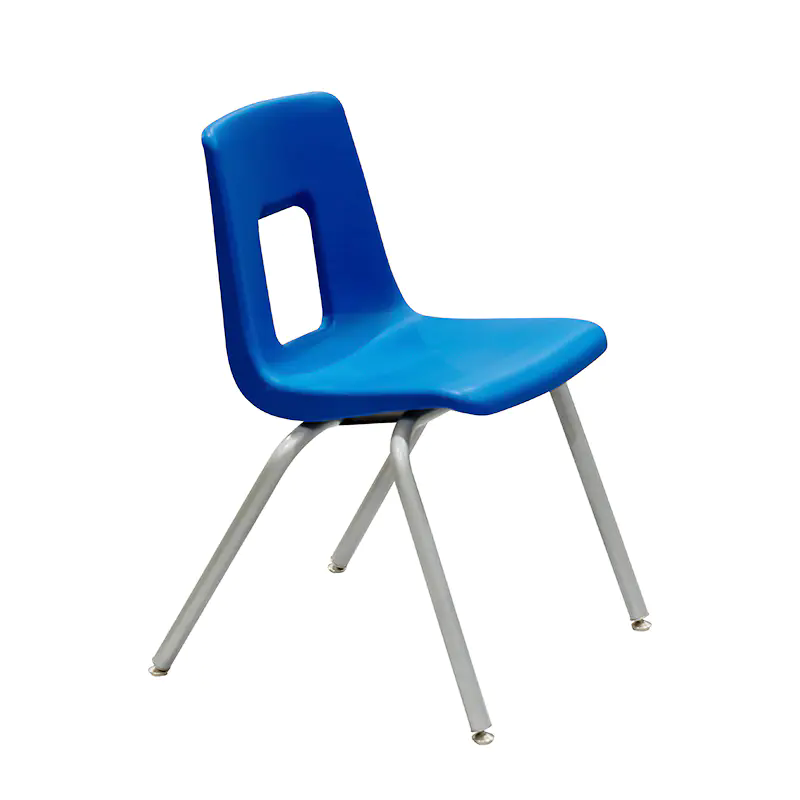School Chairs: Supporting Comfort and Learning in the Classroom
2025-05-27
School chairs are one of the most fundamental pieces of educational furniture. Though often overlooked, they play a critical role in creating a conducive learning environment. Designed to provide comfort, support, and durability, school chairs help students maintain proper posture, stay focused, and participate actively in classroom activities.

Importance of School Chairs
In educational settings, students spend hours seated during lessons, tests, and group discussions. Poor seating can lead to discomfort, distraction, and even long-term posture problems. Ergonomically designed school chairs help promote concentration, reduce fatigue, and improve overall academic performance by offering proper spinal support and seating alignment.
Key Features of Quality School Chairs
1. Ergonomic Design
Supports proper posture for growing children and young adults.
Includes lumbar support, curved backrests, and appropriate seat depth.
2. Durability
Made from strong materials such as molded plastic, wood, or metal.
Designed to withstand daily wear and tear in busy classrooms.
3. Stackability
Stackable chairs save space and make classroom rearrangement or cleaning more convenient.
4. Adjustability
Some models offer height-adjustable legs or seats to accommodate different age groups.
5. Non-slip Feet
Rubber caps or glides prevent movement during use and protect floor surfaces.
6. Lightweight and Portable
Easy to move and reposition for group work or classroom reconfiguration.
Types of School Chairs
Plastic Student Chairs
Lightweight, colorful, and easy to clean—popular in primary and elementary schools.
Wooden Chairs
Traditional, sturdy, and often used in higher education or private institutions.
Metal Frame Chairs
Common in middle and high schools for their strength and stability.
Adjustable Chairs
Ideal for computer labs or multi-use classrooms with students of different heights.
Combo Chairs (Chair with Attached Desk)
Convenient for lecture halls or compact classrooms where space is limited.
Considerations When Choosing School Chairs
Age and Grade Level: Younger children require smaller, more flexible chairs.
Material: Choose based on durability, maintenance, and aesthetics.
Budget: Cost-effective options are available that don’t compromise on quality.
Safety: All edges should be smooth, with non-toxic materials and stable construction.
Conclusion
School chairs are more than just seating—they are tools that support learning, encourage good posture, and influence classroom behavior. Investing in high-quality, age-appropriate, and ergonomic school chairs helps create a healthier, more productive learning environment for students at every educational level.


